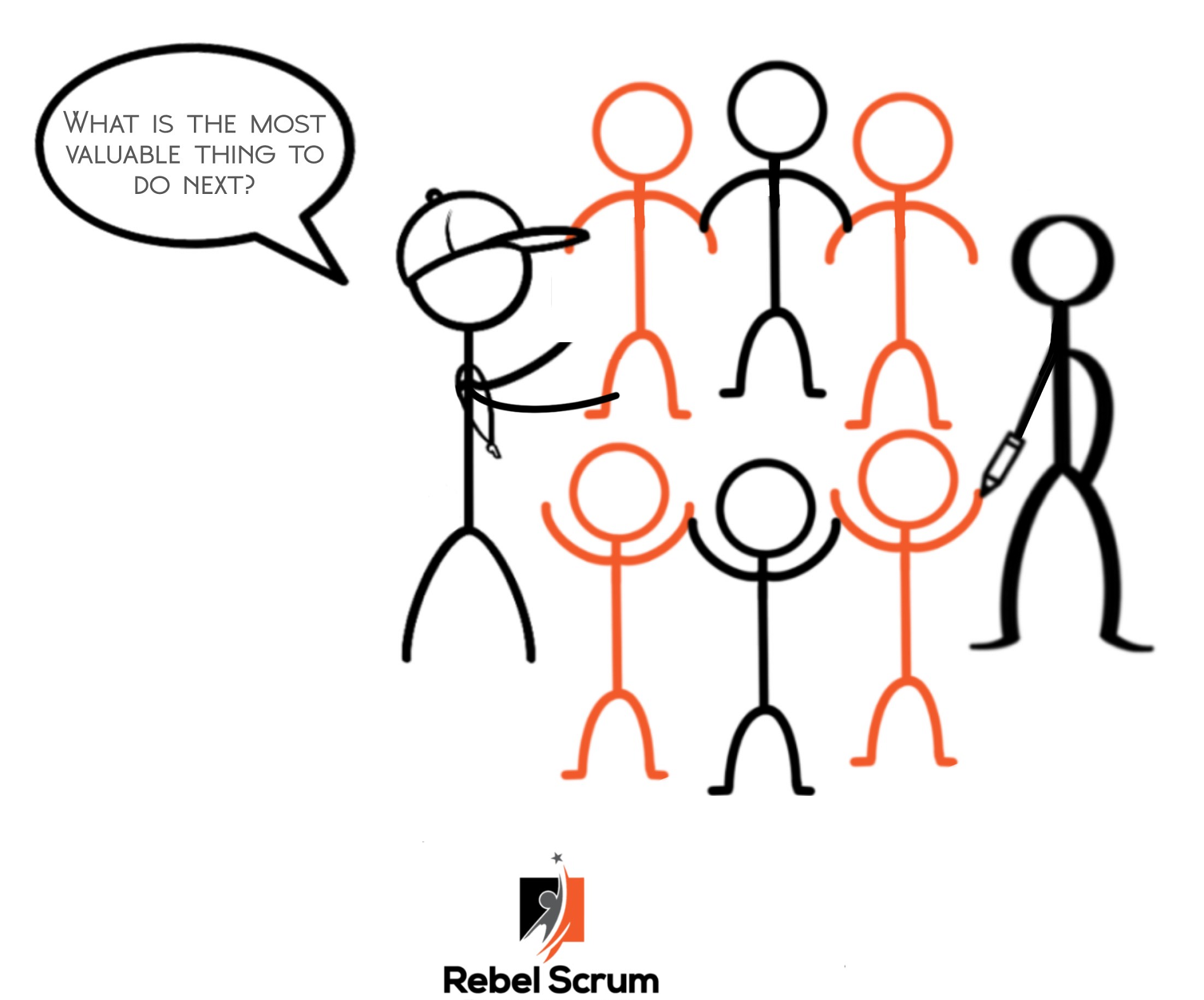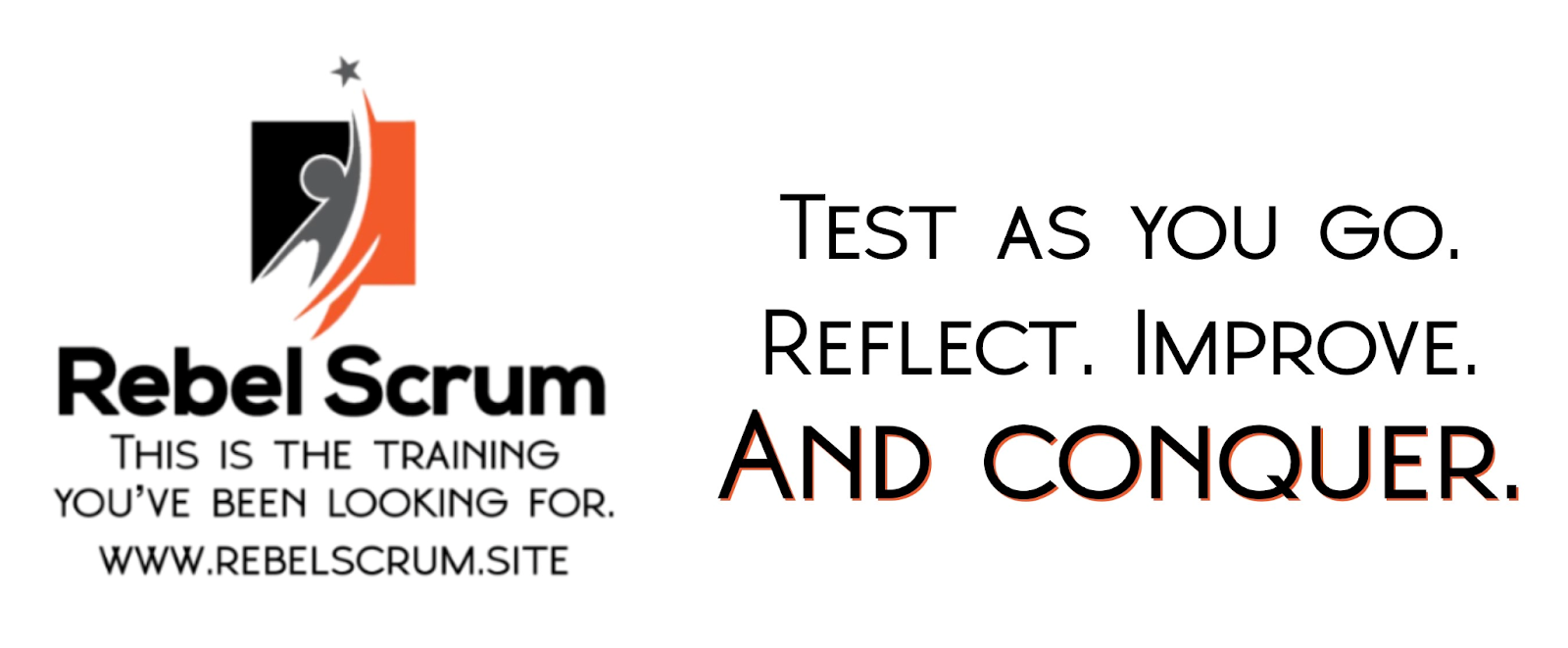Scrum uses an iterative, incremental approach to deliver value to the business through the medium of the Sprint. For this reason, the purpose of each Sprint is to deliver a Done (completed), usable increment each and every Sprint. It sounds great, but can also feel daunting, and many teams struggle to achieve it.
I remember when I first started trying to use Agile. It sounded easy. It seemed logical. But, when I sat down with a team to create a Product Backlog, it was hard to shift my thinking to smaller deliverables. Many of us from a waterfall background are quite comfortable creating a beautiful, detailed requirements document and a beautiful, comforting project plan describing the end state rather than thinking about the first step. The problem is that requirements documents are just a guess about what will be useful. We don’t know what the customer will find the most useful until we actually release something for them to try. And project plans are just a projection of the most likely scenario. We don’t know how things will unfold until they do. These are the problems that Scrum solves.
Scrum involves a radically different mindset that involves fully embracing Empiricism, or making decisions based upon what is known. Rather than creating project plans and requirements documents, teams rely upon Goals to measure success. The list of the most valuable things to do next is called the Product Backlog, and it is the plan, but it is an ever changing plan that evolves as more is learned.
I like to think of the Product Backlog as a series of steps down a path. Each Product Backlog Item is a step and those steps together make up the Product Backlog. We take steps along that path by delivering Product Backlog Items. At the Sprint Review, we take a look at the steps that have been taken, and we ask ourselves, should we change direction? If so, we brainstorm what our next steps should be, and the Product Owner may decide to update the Product Backlog to include those next steps instead. That plan of what to do next, what steps to take, is the Product Backlog.
Delivery of value in smaller, usable increments sounds logical, but it’s not always easy. If your team is struggling to deliver a Done usable increment each Sprint, look at your Product Backlog. Does it reflect a mindset of agility? Is it transparent and does it show what the Scrum team will do next? Is the Product Backlog inspected regularly at the Sprint Review and during refinement? Is the Product Backlog adapted regularly based on feedback? Are the stories sized such that they can be completed within a Sprint?
You are not alone; discuss this at your next Sprint Retrospective and as a team, brainstorm ways to improve your ability to deliver a Done increment each Sprint. And if you get stuck, just ask yourselves, what is the most valuable thing to do next?

About Mary Iqbal
Mary has trained more than 1,000 people in Agile, Scrum and Kanban. She has guided the Agile transformation for organizations with more than 60 teams and has led the creation of new products from product definition through self-organization and launch. Mary is the founder of Rebel Scrum, a consulting company that helps teams transform to Agile and provides training and coaching services founded upon practical experience. Rebel Scrum has experience in large-scale agile transformations in a variety of environments including technology and business transformations. Signup for one of Rebel Scrum's upcoming public scrum training classes or contact us to discuss private Scrum training and consulting options for your organization.
What to learn more about Scrum?
Signup for one of Rebel Scrum’s upcoming classes:
- Applying Professional Scrum
- Introductory class for those new to Scrum
- Professional Scrum Master
- Geared towards Scrum Masters coaching teams
- Professional Scrum Master II
- Advanced class for Scrum Masters
- Professional Agile Leadership
- For leaders and managers of Agile teams
- Professional Scrum Product Owner
- For Product Owners
- Professional Scrum Product Owner - Advanced
- Advanced class for Product Owners
- Professional Scrum with Kanban
- For anyone interested in learning about implementing Kanban principles within a Scrum Team
- Scaled Professional Scrum with Nexus
- For three or more teams working together on a single product
Both public and private classes are available. To learn more, contact Rebel Scrum.

